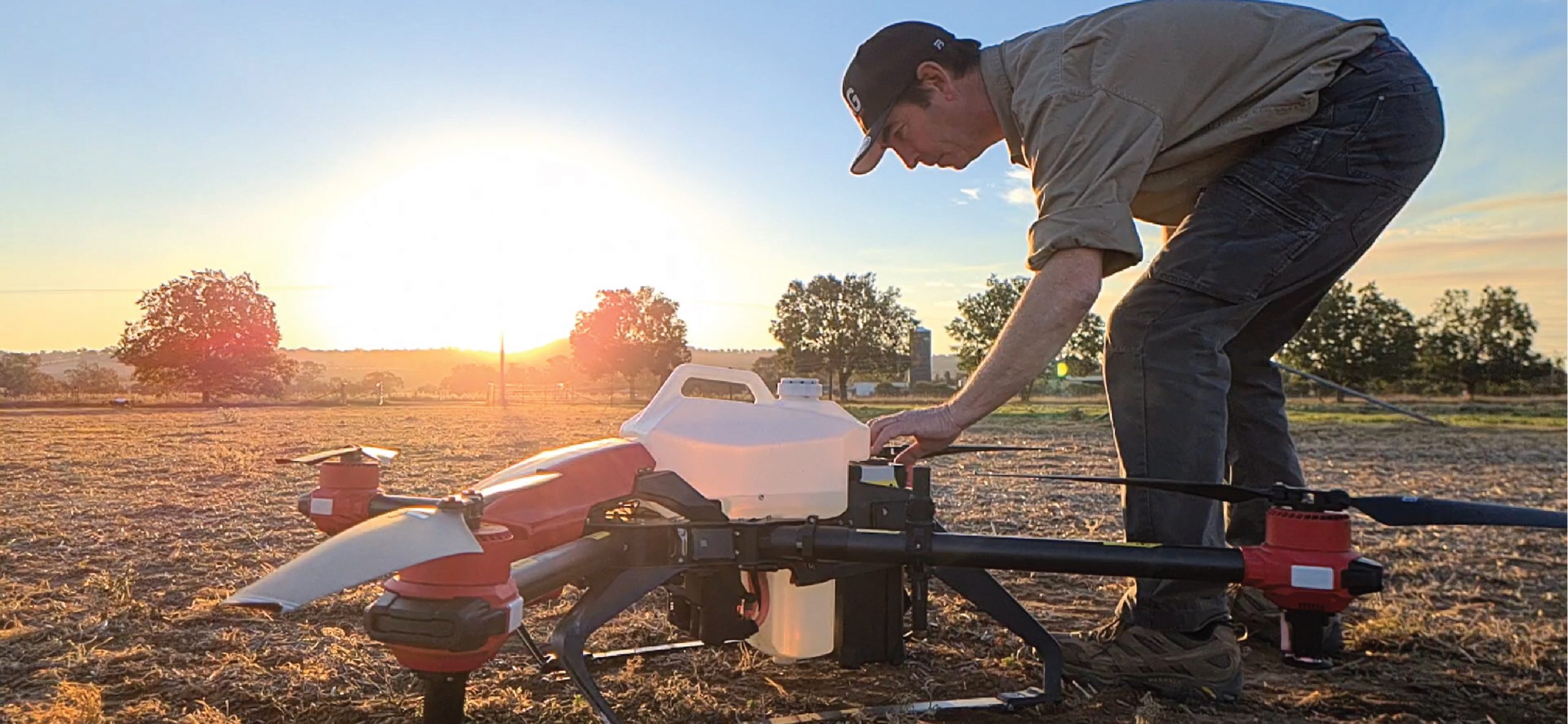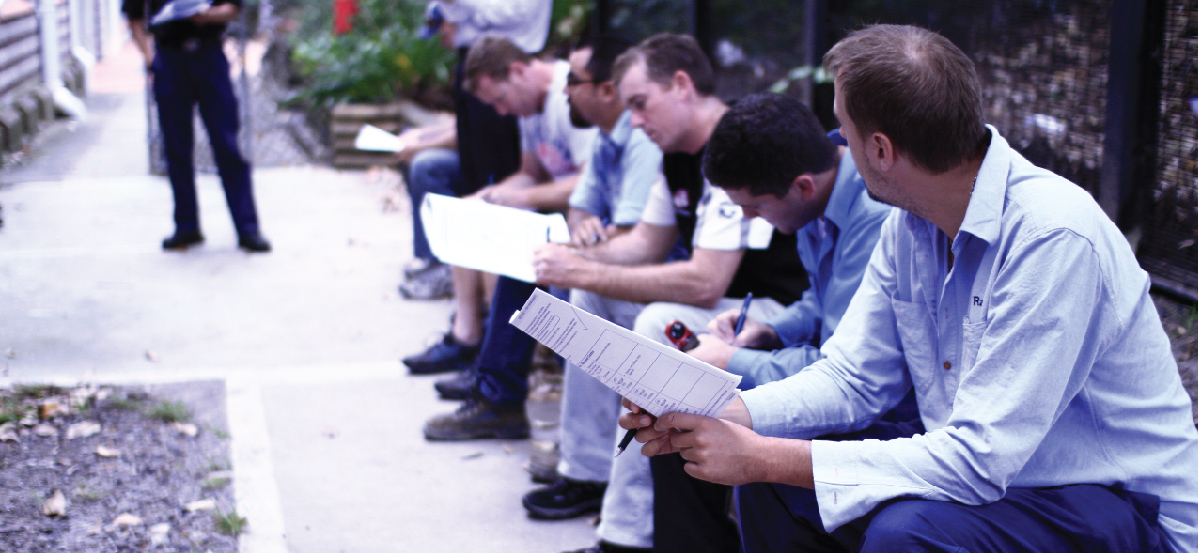The economic impact on agriculture nationally of predation and mauling of livestock by wild dogs and foxes is around 166 million dollars per year (see feralscan.org.au and animalcontrol.com.au for further details).
Integrated approaches to control of these pests are always the most sustainable in the long term, and as such the search has been on for some time to find additional controls to supplement the current offering of 1080, trapping and shooting etc.
In January of this year, two products containing a new chemical named para-aminopropiophenone ( PAPP for short) were approved by the APVMA, for control of these specific vertebrate pests and are now available from ACTA, under the product names DOGABAIT and FOXECUTE®. This result is the culmination of 12 years of collaborative research and development regarding PAPP between ACTA, Australian Wool Innovation and Invasive Animals CRC.
In terms of availability at the state and territory levels, WA, QLD and the NT have yet to finalise their Pesticide Control Orders (PCO’s) to enable use of these Schedule 7 (S7) Poisons, but in NSW, SA and VIC it’s all systems go with their PCO’s in place.
In Vic you must have an endorsed ACUP licence to purchase the products from approved merchants; in NSW the products are available from the Local Land Services and in SA from the Natural Resource Management boards.
Why Use PAPP and how does it work?
According to Chris Roach, commercial and technical manager for ACTA, the liver enzymes of canids (includes dogs and foxes) process PAPP uniquely and so once baits are eaten and absorbed into their bloodstream, liver enzymes convert PAPP to PHAPP which causes the conversion of haemoglobin to methaemoglobin, leading to oxygen depletion whereby the animal expires quietly from a lack of oxygen (metabolic anoxaemia), typically within 45 to 90 minutes of ingestion.
The advantage of this mode of action over 1080 is that there is an antidote, in the form of methylene blue, but this does require administration by a vet and it must be done quickly given the fast acting nature of PAPP.
Other features of PAPP include:
- it doesn’t bio-accumulate in tissues and is not considered to pose an environmental threat
- it’s metabolized and excreted quickly (few hours)
- breaks down more slowly than 1080 in the environment (a few weeks depending on moisture and temperature)
- presents a very low secondary poisoning risk from poisoned carcasses
- there is a greater likelihood of carcass location given the speed of action
- it satisfies the general criteria for classification as a humane poison
Pricing (kindly provided by Chris Roach)
A 10 bait pail of DOGABAIT has a RRP incl. GST of $48.25 and is shipped in quantities of 24 pails; a 50 bait pail has a RRP incl. GST of $213.25 and is shipped in quantities of 4 pails.
Points of Interest
Bright orange indigestible, plastic marker beads have been incorporated into PAPP baits for later discovery in the stomach of affected animals and carcasses to enable cause of death, whereas red marker beads are incorporated into 1080 baits for a point of differentiation.
PAPP was not developed to replace 1080 and is regarded as having the best fit for the peri-urban fringe where 1080 is not currently used due to the risk to domestic dogs. Of course PAPP is also fatal to domestic dogs but at least a timely trip (within half an hour of bait ingestion) to a nearby vet for some methylene blue can see full recovery within the hour or so. If PAPP baiting is going on in your area it would be good to alert your vet to this to ensure some antidote is stocked in case of accidental ingestion by your pet. Inducing vomiting with a few washing soda crystals on the back of the tongue is also best practice and something you can do to help your pet in the event they take a bait.
The first supplies of commercially available PAPP baits are just hitting the approved merchants or outlets now in three states and so it’s too early to see evidence of the efficacy of this new chemical control of wild dogs and foxes. Also a PAPP capsule for the Canid Pest Ejectors is undergoing registration and this will help to reduce any potential non target losses. Watch this space and let’s hope those new born lambs and sheep will not be threatened quite as much as they have been prior to the introduction of PAPP.
Further supplementary information on PAPP can be found at pestsmart.org.au and animalcontrol.com.au




